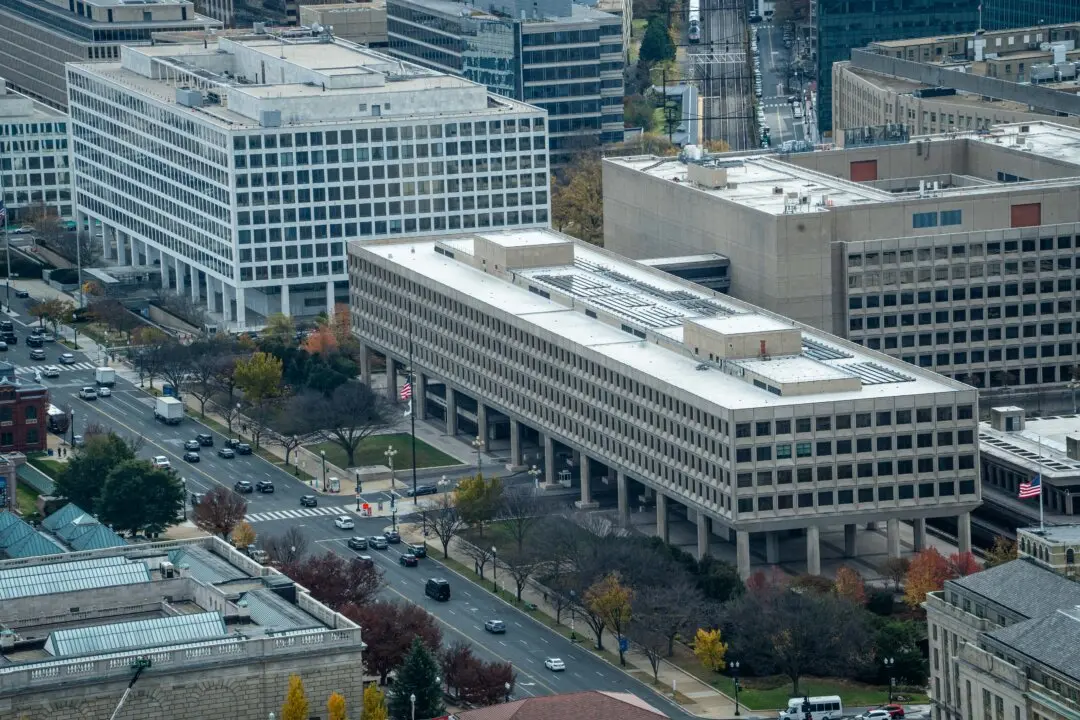A federal wildlife sanctuary program is asking the record number of cargo ships and other vessels along the Southern California coast to slow down to try to protect a local population of endangered whales.
A supply chain crisis has turned the Channel Island region into a watery parking lot for waiting container ships, posing real threats to endangered blue, humpback, and fin whales in the area, according to Sean Hastings, a resource protection coordinator at the Channel Islands National Marine Sanctuary.





